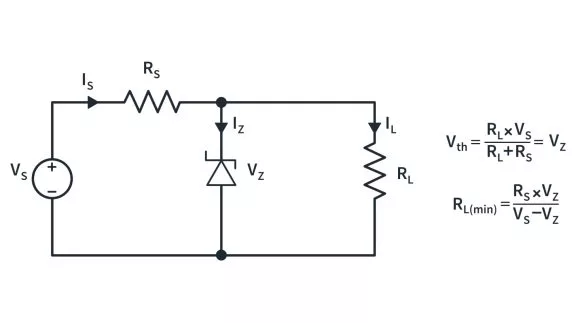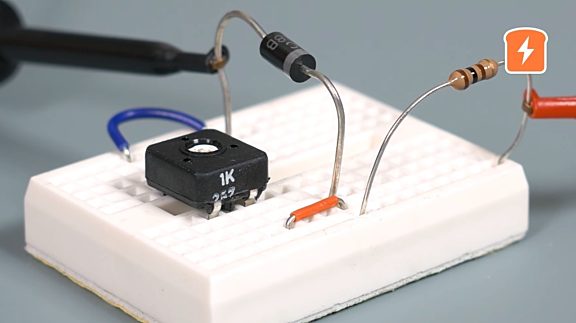Semiconductor diodes allow electricity to flow in one direction and impede the flow in the other direction. A thermal diode performs a similar gating function, only with heat energy instead of electrical energy.
If a positive thermal bias is applied, a thermal diode acts as a thermal conductor while in the opposite case of a negative thermal bias it undergoes poor thermal conduction, effectively acting as a thermal insulator. The concept of this thermal diode is shown in Fig. 1.

When the diode’s first terminal (left side) is at a higher temperature as compared to the second terminal (right side), heat is allowed to flow freely from the first terminal to the second terminal. In contrast, when the second terminal is made hotter in reference to the first terminal, heat flow from the second terminal to the first terminal is strongly diminished. This phenomenon was first observed in a Copper and Copper(I) oxide interface by Chauncey Starr in the 1930s.
Just as in its electronic counterpart, the concept of a thermal diode involves the presence of a symmetry breaking mechanism. This symmetry breaking is most conveniently achieved by merging two materials with different heat transport characteristics. Chauncey Starr at Rensselaer Polytechnic Institute in New York built a junction composed of a metallic copper part which he joined with its cuprous oxide phase; thus proving the working principle of rectifying heat in such a structure. Starr’s thermal rectifier is physically based on an asymmetric electron-phonon interaction occurring in the interface of the two dissimilar materials. Today there exist a plethora of macroscopic rectifiers which function via the difference of the material response due to temperature bias and/or other externally applied control fields. In 2006, the first microscopic solid-state thermal diodes were built.
Thermally Symmetric

Half Wave Rectification

Research studies in the field of thermal or heat diodes propose theoretical models to explain this effect. In 2017, a paper published in Nature introduced a novel thermal diode construction method where the diode is composed of a fixed and a moving terminal. The figure below shows separate depictions of the same device; the moving terminal is illustrated on the bottom, and the fixed terminal is shown on the top in both illustrations. In the illustration on the left, the diode is not conducting heat, while on the right, it is.

For the “forward” illustration on the right, the moving terminal comes closer to the fixed terminal. On the “reverse” illustration on the left, the terminals are further away. This occurs due to the thermal expansion property of the material of the moving terminal. In “forward,” the moving terminal is hotter than the fixed, so it expands upward toward the fixed terminal. In “reverse,” the moving terminal is colder than the fixed so it doesn’t expand upward; and keeps its distance.
Near-Field Thermal Radiation (NTFR) is the process by which heat is transferred via thermal radiation between the two terminals. The gap has to be comparable to the radiation’s wavelength and therefore it actually has to be very small. The distance between the surfaces exponentially affects the intensity of the heat transferred. Thus is the nature of the rectification. When the moving terminal comes close enough to the fixed terminal, NFTR allows thermal conduction; in reverse, it’s too far away and there is no heat transfer.
Thermal diodes are used for their property to change the voltage across according to temperature. Diverse applications include heat engines, refrigeration, and thermal regulation. They monitor the temperature limits of microprocessors with high thermal loads. Further studies involve the construction of microscopic solid-state thermal diodes, the application of the thermal diode concept for the utilization of solar energy, and the efficient conversion of heat to electricity at lower temperatures, among other things.
















